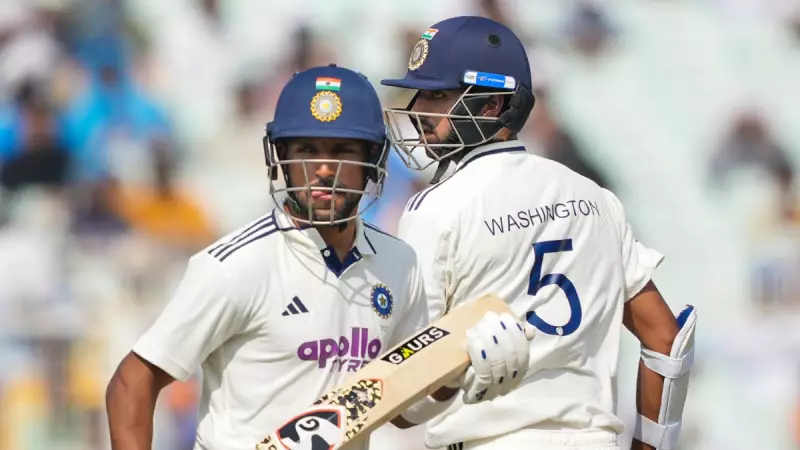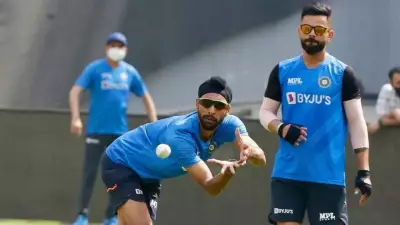
In a stunning turn of events at Kolkata's iconic Eden Gardens, the Indian cricket team registered one of its most disappointing defeats in Test history. Chasing a modest target of 120 runs against England, the home team suffered a dramatic batting collapse, getting bowled out for just 102 runs and losing by 17 runs.
Historic Collapse at Eden Gardens
The recently concluded Test match against England has now entered the record books for all the wrong reasons from an Indian perspective. This defeat marks India's fourth-lowest target that they failed to chase in their Test cricket history. The match, played from November 13-16, 2025, saw England setting what appeared to be a manageable target, only for the Indian batting lineup to crumble under pressure.
England's second innings total of 229, built on Harry Brook's resilient 64, left India needing 120 runs for victory. However, the Indian response never gained momentum, with the team losing wickets at regular intervals. The English bowling attack, led by Gus Atkinson who claimed 4 crucial wickets, exploited the conditions perfectly to dismantle the Indian batting order.
India's All-Time Lowest Failed Chases
This recent disappointment in Kolkata has prompted cricket analysts to look back at India's history of unexpected batting collapses in Test cricket. The record books reveal some startling statistics about targets that India surprisingly failed to achieve.
The lowest target India ever failed to chase remains 120 runs against Australia in Mumbai back in 2004. In that memorable match, India needed just 107 runs but were bowled out for a mere 105, losing by 13 runs in a dramatic finish. The similarity between that match and the recent Kolkata defeat is striking, both involving targets around the 120-run mark.
Second on this unfortunate list is the 125-run target against Pakistan in Bengaluru during 1987, where India fell short by 16 runs. The third position belongs to the 120-run chase against West Indies in Delhi in 1987, where India managed only 114 runs. The recent Kolkata defeat now occupies the fourth position in this unwanted ranking.
Analyzing the Pattern of Batting Collapses
What makes these failures particularly puzzling is that they occurred against relatively small targets that professional Test teams would normally be expected to achieve. Cricket experts point to several factors that contribute to such unexpected collapses, including pressure situations, deteriorating pitches, and exceptional bowling performances.
The Kolkata match demonstrated how quickly momentum can shift in Test cricket. After restricting England to 229 in their second innings, India appeared to be in control of the match. However, the early loss of key batsmen created pressure that the middle and lower order couldn't handle.
This pattern of struggling against small targets isn't entirely new for the Indian team. Historical data shows that Indian batsmen have sometimes found low-pressure chases more challenging than substantial targets, possibly due to altered mindset and approach when facing seemingly achievable totals.
The recent defeat has raised questions about the team's preparation and mental approach to run chases. With the Test series against England continuing, the Indian team management will need to address these concerns quickly to prevent similar disappointments in future matches.
As Indian cricket fans process this unexpected defeat, the team faces the challenge of regrouping and learning from this experience. The history of Test cricket shows that even the best teams occasionally stumble against modest targets, but what separates great teams is how they bounce back from such setbacks.





